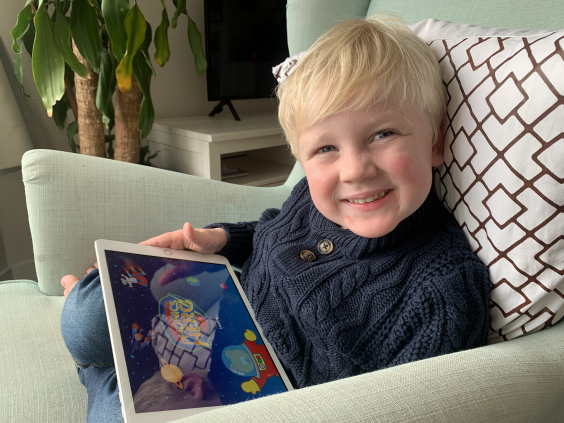
The NSW Department of Education has put out its third (and hopefully last🤞🏻) suggested sequence of phonemes (sounds) and graphemes (letters representing those sounds) for K-2. Like many of you, we’ve been getting our head around it and are happy to conclude it’s a much better order than its predecessors!
We’re adding the NSW order to Phonics Hero for March. You will be able to use our free resources, Phonics Lessons and Child Accounts. Alongside the accents – English, American or Australian – you will also be able to choose between our orders: Playing with Sounds, Letters and Sounds or the NSW Sequence.

If you’d like to start using Phonics Hero now, choose our (very similar) Letters and Sounds order and we can easily switch your account to the NSW order later (we will send an email explaining how).
As the Department of Education said … the sequence is “suggested” and may be adapted:

We think it’s a good sequence so have been 95% loyal to it. You can download a PDF of the Phonics Hero NSW order here:
We’ve followed the exact order provided. However, we haven’t included the optional, rare graphemes indicated by the # e.g. ‘rh’ for ‘rhombus’ or ‘que’ for ‘plaque’.

There’s a lot to get through and the NSW sequence goes much further than other phonics curriculums. Our team – with over 60 years of collective phonics experience – concluded that most of these were unnecessary.
This doesn’t happen very often but where an important alternative spelling for a phoneme has been missed out. For example, early on in Kindy, children are taught that /f/ can be represented by: ‘f’ or ‘ff’. Same again for ‘l’ or ‘ll’ and ‘z’ or ‘zz’ whereas ‘ss’ is taught in isolation. A discussion with students about when to use ‘s’ vs. ‘ss’ is useful to progress spelling so we have added it in.
The sequence gives 102 sample high frequency words for Kindy. That’s so many! To give you some context, Jolly Phonics has 60 in Kindy, our Playing with Sounds order has 36 and our Letters and Sounds has just 17! We’ve therefore reduced the number of words to a more manageable 55. We’ve:
We hope our work on the sequence has made it more manageable for your K-2 teachers (and students!). if you have any feedback on the order – we’d love to hear!